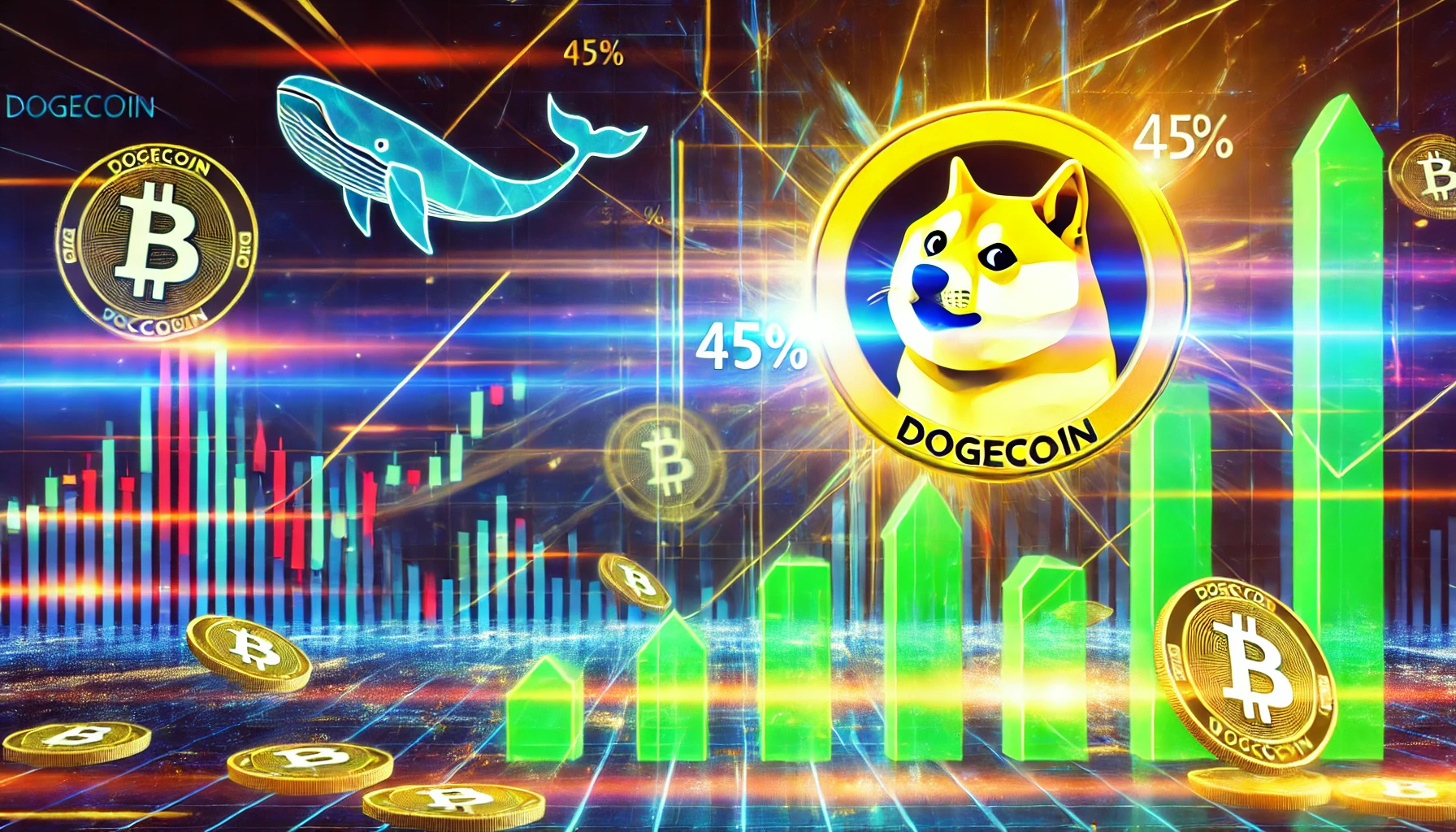ARTICLE AD BOX
Ripple’s introduction of a stablecoin that operates on both the XRPL and Ethereum networks marks a significant step in the digital payment industry. David Schwartz, Ripple’s CTO, addressed the public’s curiosity about the new stablecoin’s impact on XRP’s role in cross-border transactions. Schwartz emphasized that any new payment method introduced by Ripple aims to meet or exceed existing standards, reassuring both investors and users about the company’s commitment to XRP.
US government shows interest in Ripple’s stablecoin
Amidst ongoing legal challenges, market reactions to Ripple’s announcement have been positive, suggesting a bright future for the new stablecoin. There is speculation that the US government may favor the stablecoin for transactions within the country, possibly as a strategic move by Ripple in response to regulatory uncertainties surrounding XRP. However, Ripple has yet to officially confirm these speculations.
Balancing act: Ripple’s stablecoin and XRP in transactions
Schwartz also clarified the role of the stablecoin versus XRP in Ripple’s On-Demand Liquidity (ODL) service. He noted that the choice between using XRP or the stablecoin as a bridge asset in transactions would depend on various factors, including how long the asset is held. He highlighted that in cases where assets are held briefly, the stablecoin might not offer significant advantages over XRP. This strategic approach aims to enhance transaction efficiency while catering to the regulatory environment and users’ needs.
Through these developments, Ripple is positioning itself to enhance its offerings and ensure its technology remains at the forefront of the digital payment revolution, thereby reinforcing its commitment to providing effective digital payment solutions.
The post Ripple CTO discusses new stablecoin’s impact on XRP usage first appeared on Coinfea.
.png)
 6 months ago
2
6 months ago
2








 English (US)
English (US)